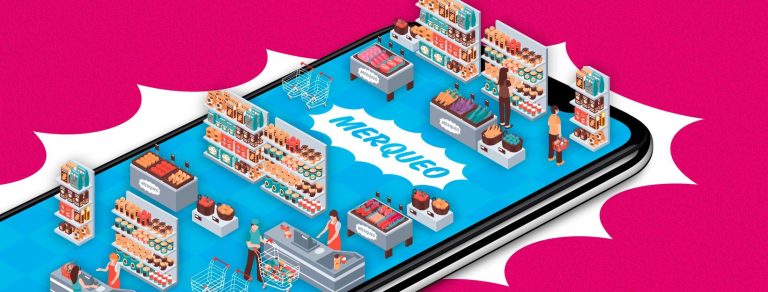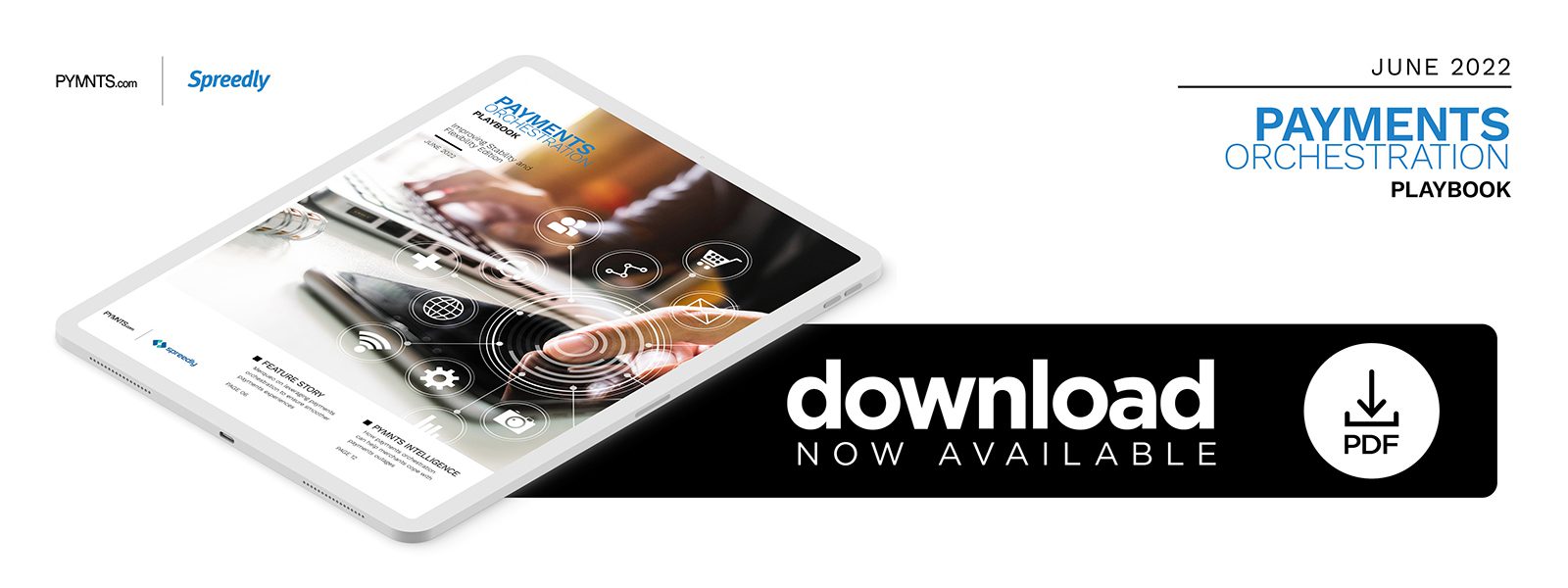Merqueo on Leveraging Payments Orchestration to Ensure Smoother Payments Experiences

In this month’s “Payments Orchestration Playbook,” PYMNTS talked with Cristian Niño, group product manager for LatAm delivery aggregator Merqueo, about the need to seamlessly integrate new gateways and reduce the impact and expense of downtime, especially when time really matters.
Digital payments are essential for conducting business in 2022, not only for online transactions but for those in person as well. Consumers who have grown used to the convenience of not having to carry around cash or credit cards have digital payment options top-of-mind when choosing which merchants to patronize.
Just as critical as the ability to offer digital payments is the ability to process them smoothly. Many merchants fall into the trap of leveraging a single payment gateway, however, compromising their ability to process payments smoothly when this gateway experiences downtime or some other complication. The highest-performing gateway in a given region is not necessarily the most popular. Adding a new gateway can be a colossal undertaking.
“When you have a specific payment gateway, of course that payment gateway has to be very strong,” said Cristian Niño, group product manager at Colombia-based on-demand delivery service Merqueo. “But moving to another one is really hard when you have invested months or even years in development.”
Payments orchestration is a key tool for harnessing multiple gateways with a minimum of effort. PYMNTS recently spoke with Niño to find out how Merqueo leverages this system to provide a smooth customer payment experience.
What Consumers Look For in Payments
When it comes to customers’ payment preferences, convenience is king, according to Niño. Customers are looking for the most seamless option available, and for most individuals, that means credit cards.
“Credit cards are one of the best options [for customers] because as soon as you register your credit card, you don’t need to include additional information,” he said. “Other kinds of [payment] services require more information before you can be able to buy something.”
Customers are also hesitant to change when it comes to payments, even if a new option comes along that can promise added convenience. The only way they typically alter their payment habits is if an option they are used to no longer works as well, and when they wish to make the switch, convenience is still their top priority.
“[Customers continue to use] payment methods that already work pretty well as long as they don’t experience any friction,” said Niño. “The only reason to change the payment method is maybe because they have had problems in the past.”
Businesses run the risk of taking the blame if consumers face such problems in their payment methods, however, even if the merchants technically were not at fault. It is thus critical to ensure that behind-the-scenes payment processing is as smooth as possible, and payments orchestration systems are key to making this happen.
How Payments Orchestration Makes Payments Easier
Payment problems can arise without warning, and they are often not immediately fixable from the merchant’s end. This can lead to declined purchases or other hiccups that ruin customers’ shopping experiences and lead to abandonment.
“A payments problem can happen at 4 a.m., [when] nobody’s working at fixing them,” said Niño. “We can have some problems at any time of day, and if we’re limited to a specific direct connection with a payment provider, it’s hard to change or handle that process.”
Payments orchestration greatly simplifies payment processing by outsourcing the intensive and often tedious integration process to a third party. This allows all payment gateways to be consolidated in a single software stack, greatly limiting the potential for payment errors, as a payment can be routed through a different gateway.
“That’s why we selected the option to have an orchestration system, via our partner, Spreedly, to ease that process as much as we can,” said Niño. “Before this, we were investing two to three months to launch a different payment gateway, but having an orchestration system makes that two to three weeks, which is a huge difference. If a transaction has a problem in one specific payment gateway, we can send it to another one [and] try to fix the problem.”
This means a customer may not realize there was a payment issue at all — an ideal scenario for any merchant. Customers are attracted to businesses with smooth payment experiences, making payments orchestration a key facet of any merchant’s strategy.
